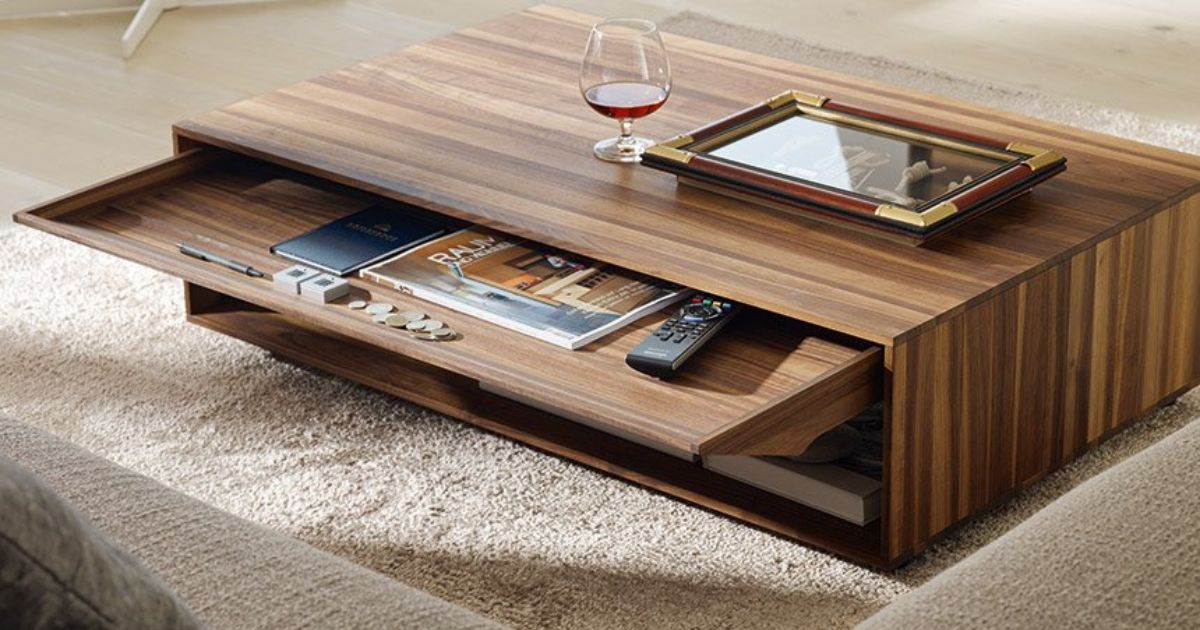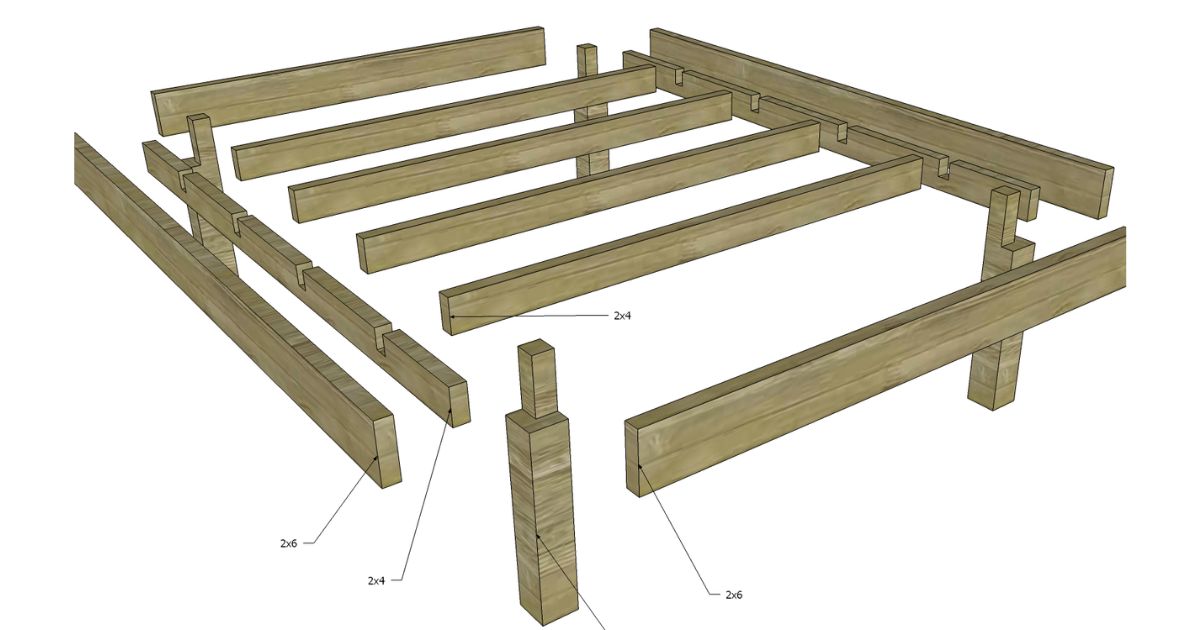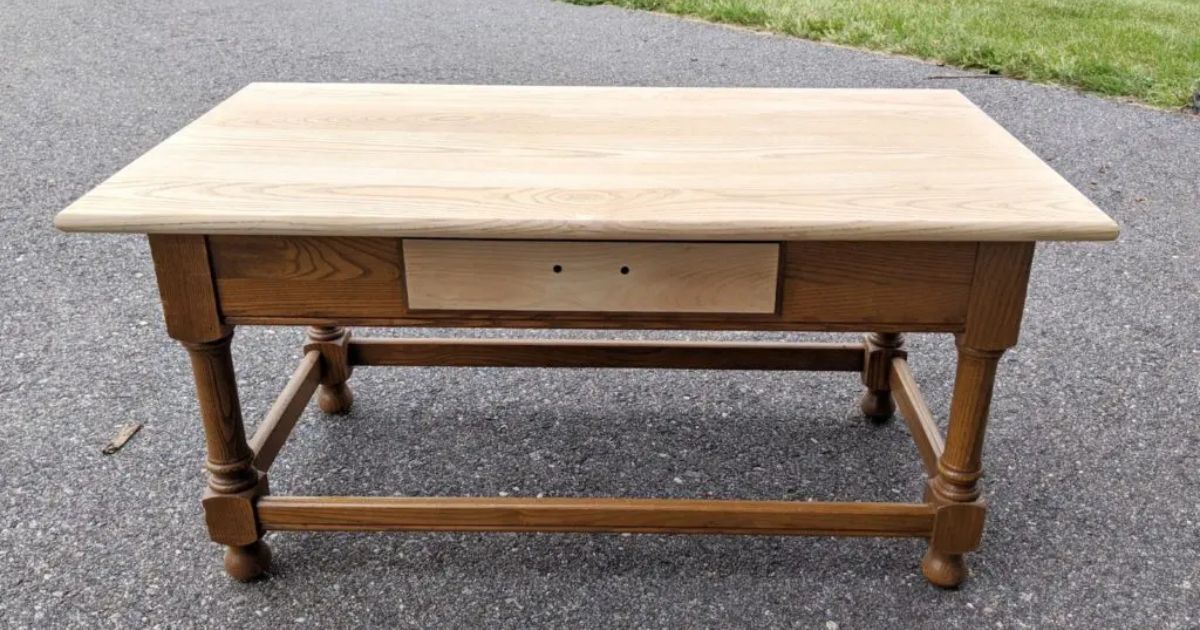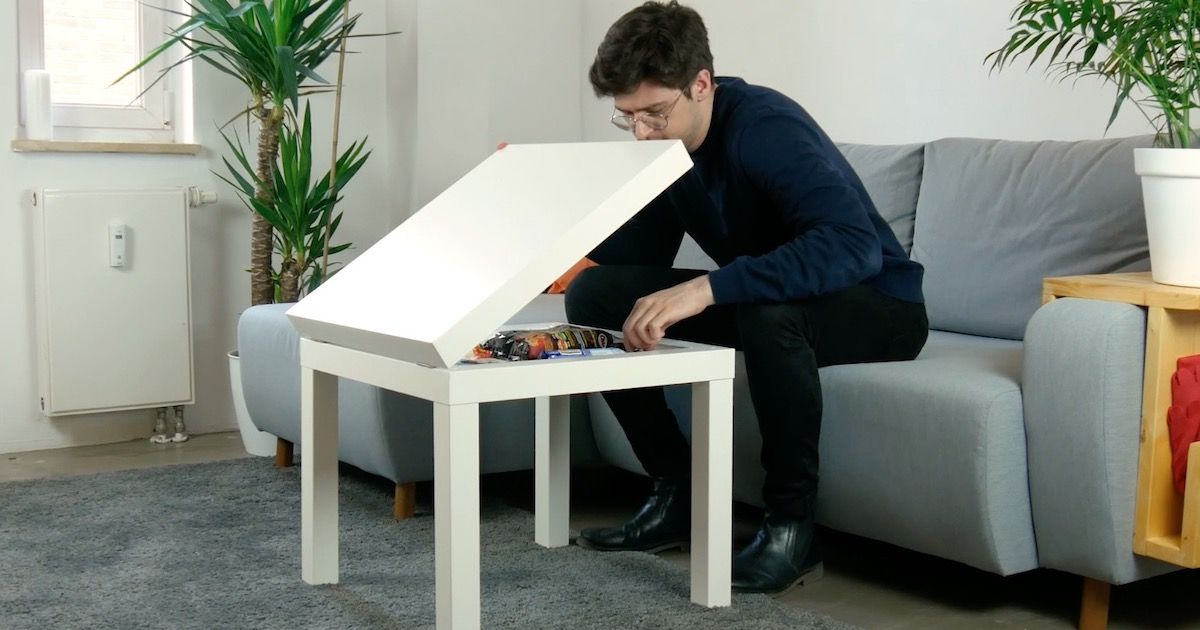Did you know that the average American spends over 4 hours per day sitting down?
With that in mind, a coffee table with storage can be a valuable addition to any living space, providing both functionality and style.
In this article, we will guide you through the precise steps of building your own coffee table with storage, from choosing the right materials to final assembly.
Get ready to create a piece that not only enhances your home decor but also offers practical storage solutions.
Key Takeaways
- Consider the quantity and quality of components when choosing materials for your coffee table.
- Select hardwoods like oak, walnut, or maple for the tabletop.
- Use steel or iron for the legs and frame of the coffee table.
- Enhance the durability and elegance of the coffee table with the right materials.
Choosing the Right Materials for Your Coffee Table

When selecting the appropriate materials for your coffee table, it is important to carefully consider the quantity and quality of the components you will be using.
The first thing to consider is the type of wood you will use for the tabletop. Hardwoods such as oak, walnut, or maple are ideal choices as they are durable and resistant to wear and tear. These woods offer a beautiful grain pattern that adds a touch of elegance to your coffee table.
For the legs and frame, steel or iron are popular choices due to their strength and stability.
Another factor to consider is the type of finish you will apply to the wood. A clear varnish can enhance the natural beauty of the wood, while a paint or stain can add color and character.
Measuring and Cutting the Wood for the Frame
To begin constructing your coffee table, start by measuring and cutting the wood for the frame according to your desired dimensions. This step is crucial as it ensures that your coffee table has a sturdy and well-fitted frame.
Here are some key points to keep in mind during this process:
- Use a measuring tape to accurately measure the length, width, and height of the coffee table frame.
- Mark the measurements on the wood using a pencil or a marker.
- Use a circular saw or a miter saw to cut the wood pieces according to the marked measurements.
- Double-check the accuracy of your cuts to ensure they are straight and precise.
- Label each piece of wood to avoid confusion during assembly.
Assembling and Joining the Frame Pieces

The next step in constructing the coffee table with storage is to assemble and join the frame pieces using wood glue and screws.
Start by applying a thin layer of wood glue to the ends of the frame pieces and then align them together according to the measurements. Use clamps to hold the pieces in place while the glue dries.
Once the glue has dried, pre-drill holes for the screws to prevent the wood from splitting. Secure the frame pieces together by driving screws through the pre-drilled holes.
Make sure to countersink the screws so that they are flush with the surface of the wood. This will ensure a smooth and seamless finish.
With the frame pieces assembled and joined, you can now move on to building and attaching the tabletop.
Building and Attaching the Tabletop
Begin by cutting the tabletop pieces to the desired dimensions and arranging them in the desired pattern for a visually appealing design. This step is crucial as it sets the foundation for the overall look of the coffee table.
To build and attach the tabletop, follow these steps:
- Apply wood glue to the edges of the tabletop pieces for a strong bond.
- Use clamps to secure the pieces together and let the glue dry completely.
- Once the glue is dry, sand the tabletop surface for a smooth finish.
- Attach the tabletop to the frame using screws or brackets for stability.
- Finally, ensure that the tabletop is level and secure before moving on to adding the storage components.
By following these steps, you’ll be one step closer to completing your coffee table with storage.
Now, let’s move on to the next section, which is about adding the storage components.
Adding the Storage Components
Once the tabletop is securely in place, you can begin adding the storage components to your coffee table.
Adding storage to your coffee table not only enhances its functionality but also provides a convenient space to keep various items within reach.
Begin by measuring and cutting the pieces for the storage compartments, ensuring they fit snugly within the table frame.
Next, attach the storage compartments to the table frame using screws or nails, ensuring they are securely fastened.
Consider adding dividers or shelves inside the storage compartments to create separate sections for organizing smaller items.
Additionally, you can install hinges and handles to create doors or drawers for easy access to the storage space.
Constructing and Installing the Drawers
To construct and install the drawers, gather the necessary materials and tools, such as plywood, screws, a drill, and drawer slides. Follow these steps for a successful drawer installation:
- Measure and cut the plywood to the desired size for the drawer fronts and sides.
- Assemble the drawer box by attaching the front, back, and sides with screws.
- Install the drawer slides onto the sides of the coffee table, ensuring they are level and properly aligned.
- Attach the drawer slides to the sides of the drawer box, ensuring they slide smoothly.
- Test the drawers by sliding them in and out to ensure they function correctly.
Now that the drawers are constructed and installed, the next step is to sand, stain, and finish the coffee table, which will be discussed in the following section.
Sanding, Staining, and Finishing the Coffee Table

The coffee table can be enhanced with a professional finish by sanding, staining, and applying a protective coat.
Sanding the surface of the coffee table is crucial to ensure a smooth and even finish when you want to change the color of a coffee table. Start by using a coarse-grit sandpaper to remove any imperfections or rough spots. Gradually move to finer-grit sandpaper to achieve a polished surface.
Once the sanding is complete, apply a stain of your choice to add color and depth to the wood. Brush on the stain evenly, following the grain of the wood, and wipe off any excess. Allow the stain to dry completely before applying a protective coat.
A clear polyurethane or varnish can be used to seal the wood, providing durability and a beautiful sheen. Apply multiple coats, sanding lightly between each layer, for a flawless finish.
With these steps, your coffee table will become a stunning centerpiece in your living space.
Final Assembly and Placement of the Coffee Table
Assembly of the coffee table requires careful alignment and placement of the various components to ensure a sturdy and functional final product. Follow these steps for the final assembly and placement of your coffee table:
- Start by laying out all the components and hardware to ensure everything is present and accounted for.
- Begin by attaching the table legs to the tabletop using the provided screws and an electric drill.
- Once the legs are securely attached, flip the table over and attach the bottom shelf using screws or brackets.
- Ensure that all screws are tightened properly to avoid any wobbling or instability.
- Finally, place the coffee table in its desired location and make any necessary adjustments to ensure it is level and stable.
Frequently Asked Questions
What Are Some Common Mistakes to Avoid When Building a Coffee Table With Storage?
When building a coffee table with storage, it is important to avoid common mistakes that can compromise the functionality and aesthetics. These mistakes include inadequate measurements, using low-quality materials, neglecting proper joinery techniques, and overlooking the importance of finishing details.
Are There Any Alternative Materials That Can Be Used for the Coffee Table Construction?
There are several alternative materials that can be used for constructing a coffee table with storage. These include reclaimed wood, metal, glass, and even concrete, each offering unique aesthetic and functional benefits.
How Much Weight Can the Storage Compartments of the Coffee Table Hold?
The weight capacity of the storage compartments in a coffee table with storage depends on various factors such as the materials used, the design of the compartments, and the construction techniques employed.
Can the Coffee Table Be Easily Disassembled and Reassembled for Moving Purposes?
Yes, the coffee table can be easily disassembled and reassembled for moving purposes. It is designed with detachable parts and clear instructions to ensure a smooth and hassle-free process.
What Are Some Creative Ways to Personalize or Customize the Coffee Table With Storage?
Personalizing or customizing a coffee table with storage can add a unique touch to your living space. From adding a personalized engraved design to incorporating different finishes or materials, there are several creative ways to make the coffee table truly your own.
Conclusion
In conclusion, building a coffee table with storage can be a rewarding and practical project.
By carefully choosing the right materials, measuring and cutting the wood accurately, and assembling the various components, you can create a beautiful and functional piece of furniture for your home.
While the process may require time and effort, the end result will be a unique and versatile coffee table that will enhance your living space.








